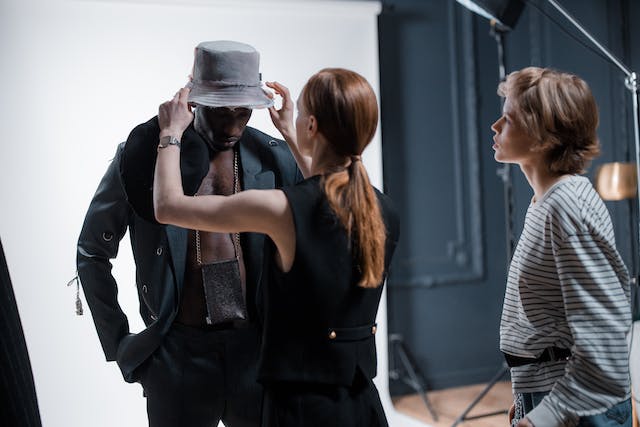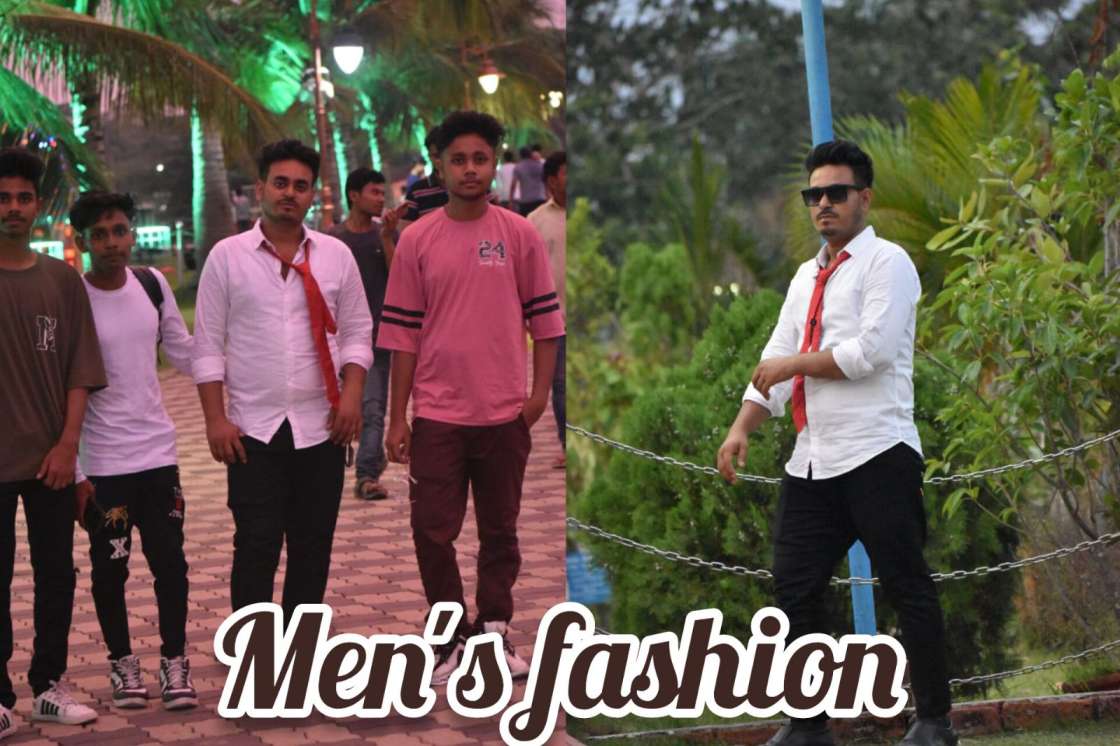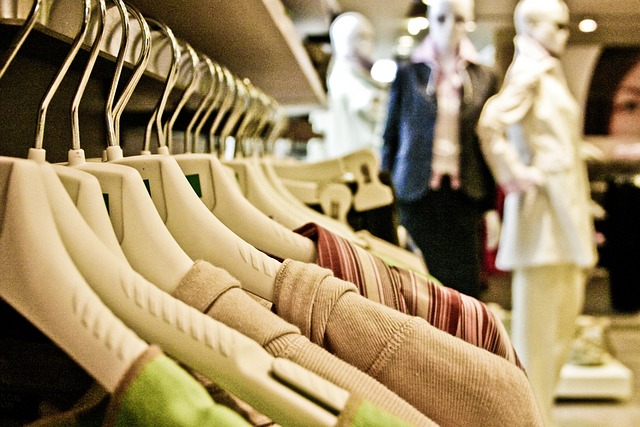Fashion, a phenomenon ingrained inside the fabric of human lifestyle, transcends mere garb picks. It is an ever-evolving expression of individuality and societal shifts. From the traditional garments of historical civilisations to the avant-garde designs of these days, style mirrors our adventure through time.
Evolution of Fashion
Delving into the roots of fashion well-known shows a captivating metamorphosis. What commenced as a need converted into an artwork form. The evolution from traditional apparel to the modern-day fashion-centric approach showcases the dynamic nature of favour.
Fashion Industry Dynamics
At the heart of the fashion realm are designers and influencers, orchestrating tendencies that resonate globally. Technology acts as a catalyst, allowing designers to attain wider audiences and influencing the democratization of favour.
Key Elements of Fashion
Clothing, add-ons, and grooming represent the pillars of style. Beyond mere adornment, fashion will become a language, permitting people to deliver their personalities, moods, and aspirations.
Sustainable Fashion
In an era of environmental attention, sustainable style takes the middle level. Ethical practices and green materials redefine the enterprise, with pioneering manufacturers setting the benchmark for responsible style.
Fashion Influencers and Social Media
The creation of social media has democratized fashion, giving an upward thrust to influencers who wield a sizable impact. The symbiotic relationship between social structures and style alternatives reshapes customer behaviour.
Fashion and Culture
Fashion reflects reflecting cultural shifts. Whether it’s conventional clothes or modern fusion, garb alternatives regularly convey cultural significance. Globalization similarly contributes to the wealthy tapestry of favour diversity.
Fashion Psychology
Beyond aesthetics, fashion delves into the psychology of self-presentation. Clothing choices impact shallowness, self-belief, and the perception of oneself in society.
Fast Fashion vs. Slow Fashion
The results of rapid style, marked by way of fast manufacturing and disposal, are an increasing number of glaring. Embracing the ethos of slow style encourages mindful consumption, selling sturdiness and ethical manufacturing.
Fashion and Technology
Innovations like virtual fashion shows and augmented reality reviews redefine the landscape. Fashion and technology converge, offering immersive and interactive studies for consumers.
Body Positivity in Fashion
Breaking far away from conventional beauty standards, the fashion industry embraces diversity. Brands championing frame positivity contribute to an extra inclusive and empowering style narrative.
Iconic Fashion Moments
Fashion history is punctuated by means of iconic moments, from runway debuts to pink carpet sensations. These moments no longer most effectively define an era but additionally form the trajectory of destiny tendencies.
The Future of Fashion
As technology advances, style evolves. Predicting future tendencies involves a delicate balance of culture and innovation. Virtual fashion reports and sustainable practices are poised to dominate the future fashion panorama.
Fashion and Economic Impact
Beyond aesthetics, the fashion industry plays a pivotal monetary position. Job creation, entrepreneurship, and global change underscore its monetary importance.
Conclusion
In conclusion, style stands as a dynamic force, weaving threads of lifestyle, innovation, and cultural impacts collectively. As we navigate the ever-converting panorama of tendencies, one factor remains sure: fashion is an art shape that transcends time.
FAQs:
Is sustainable style more luxurious?
Sustainable fashion can to start with seem pricier, however the long-term advantages in terms of sturdiness and environmental effect regularly justify the cost.
How has social media changed the fashion enterprise?
Social media has democratized style, imparting a platform for influencers to shape trends and permitting brands to connect without delay with purchasers.
What is the difference between fast fashion and slow fashion?
Fast style prioritizes speedy production and consumption, at the same time as slow fashion emphasizes moral practices, sturdiness, and mindful intake.
Are fashion tendencies cyclical?
Yes, style tendencies regularly cycle back, with styles from the past reemerging in modern-day contexts.
How can I make contributions to sustainable style as a patron?
Consumers can make contributions by choosing ethically produced and sustainable garb, assisting eco-friendly manufacturers, and practising mindful intake.




